Architecture
Architecture is the harmonious dance of form and function, weaving dreams into tangible spaces that inspire and embrace the human spirit.
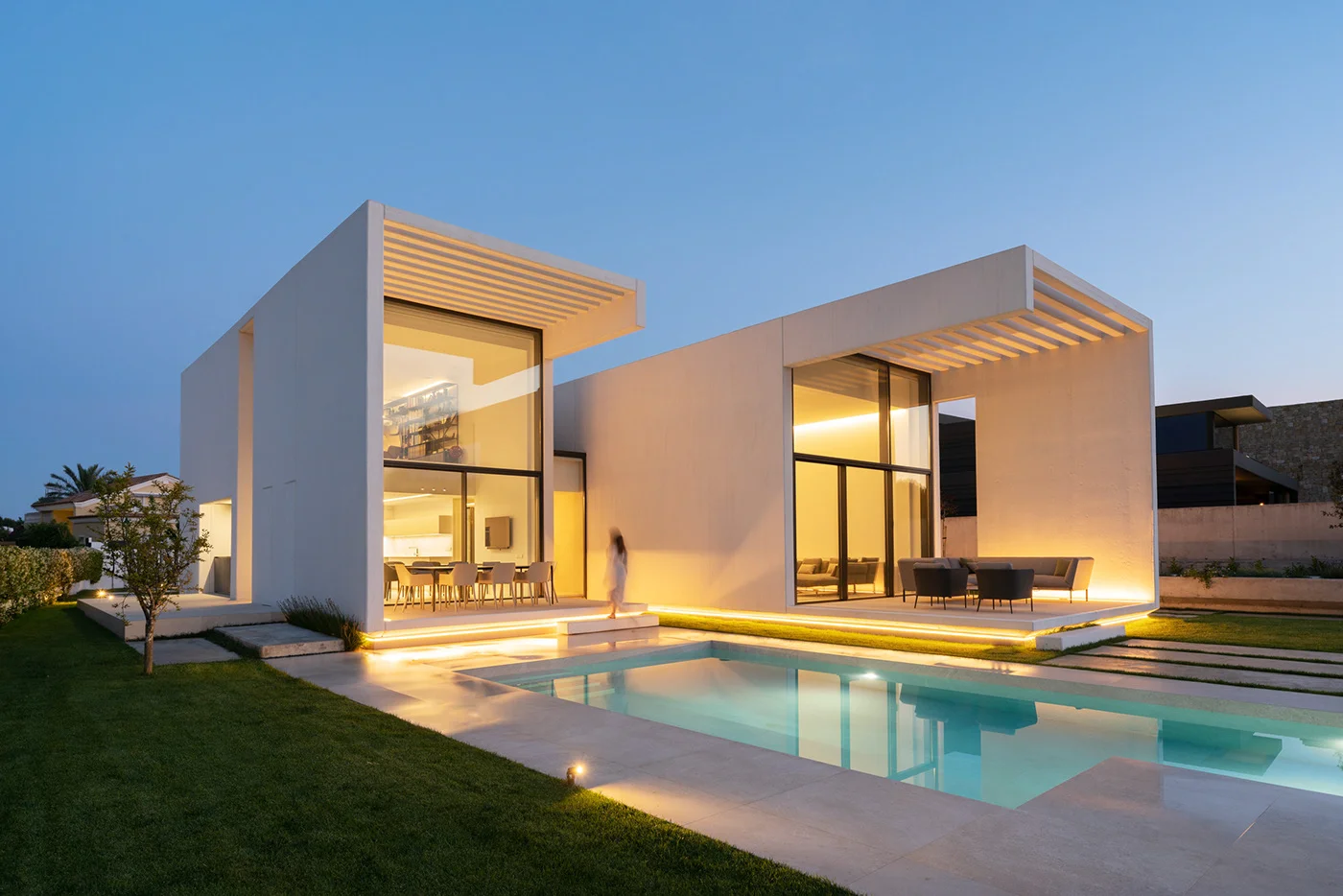
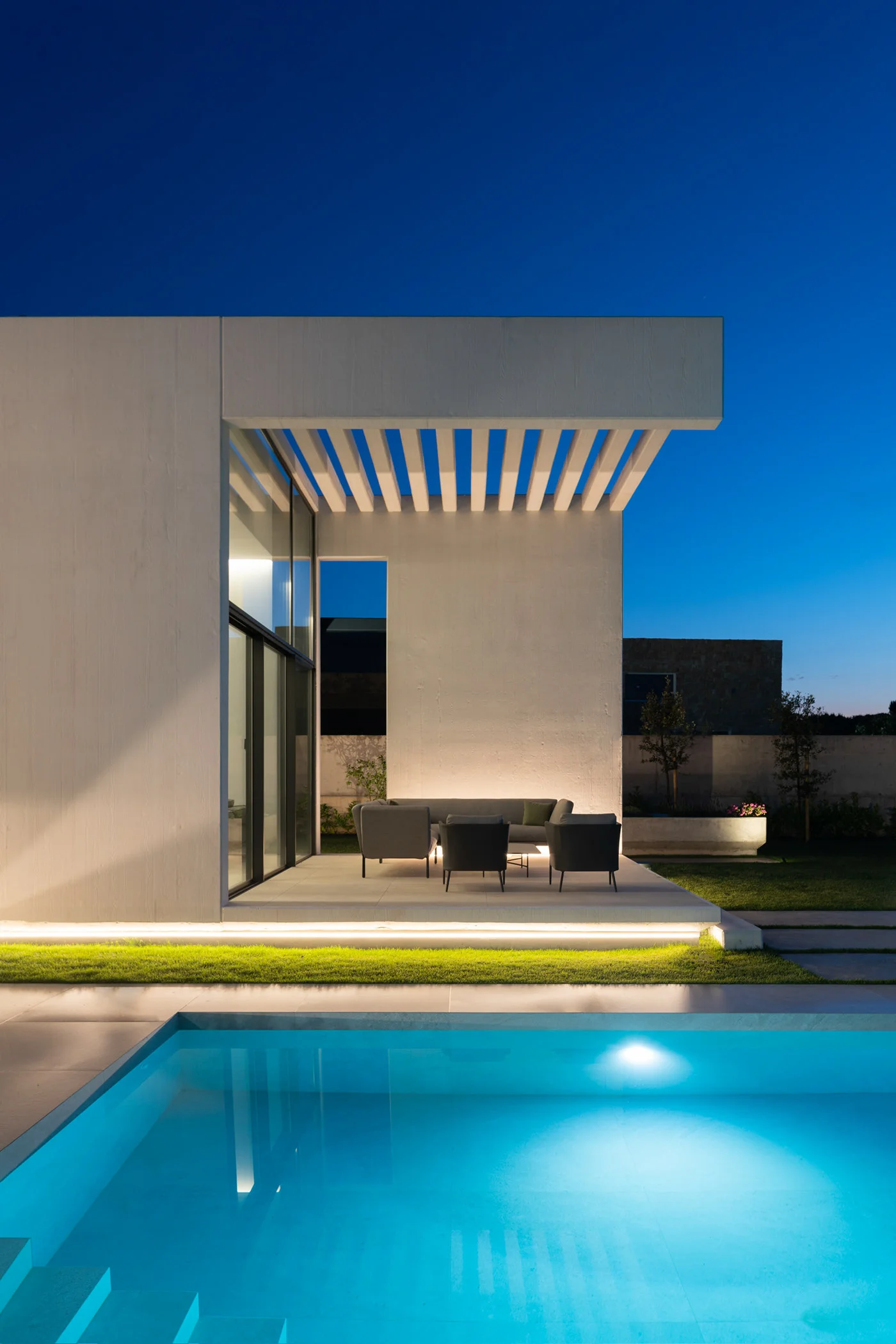
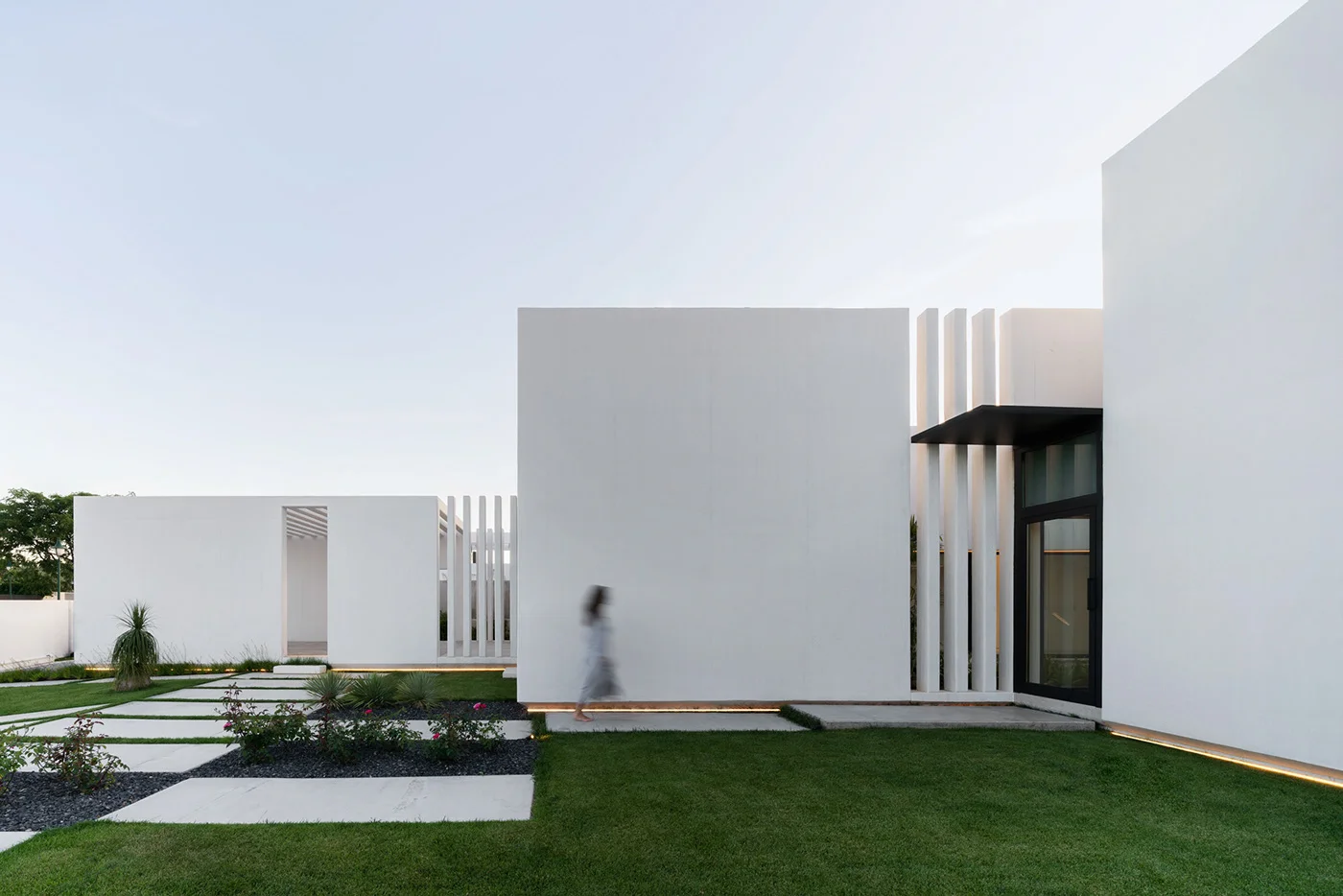
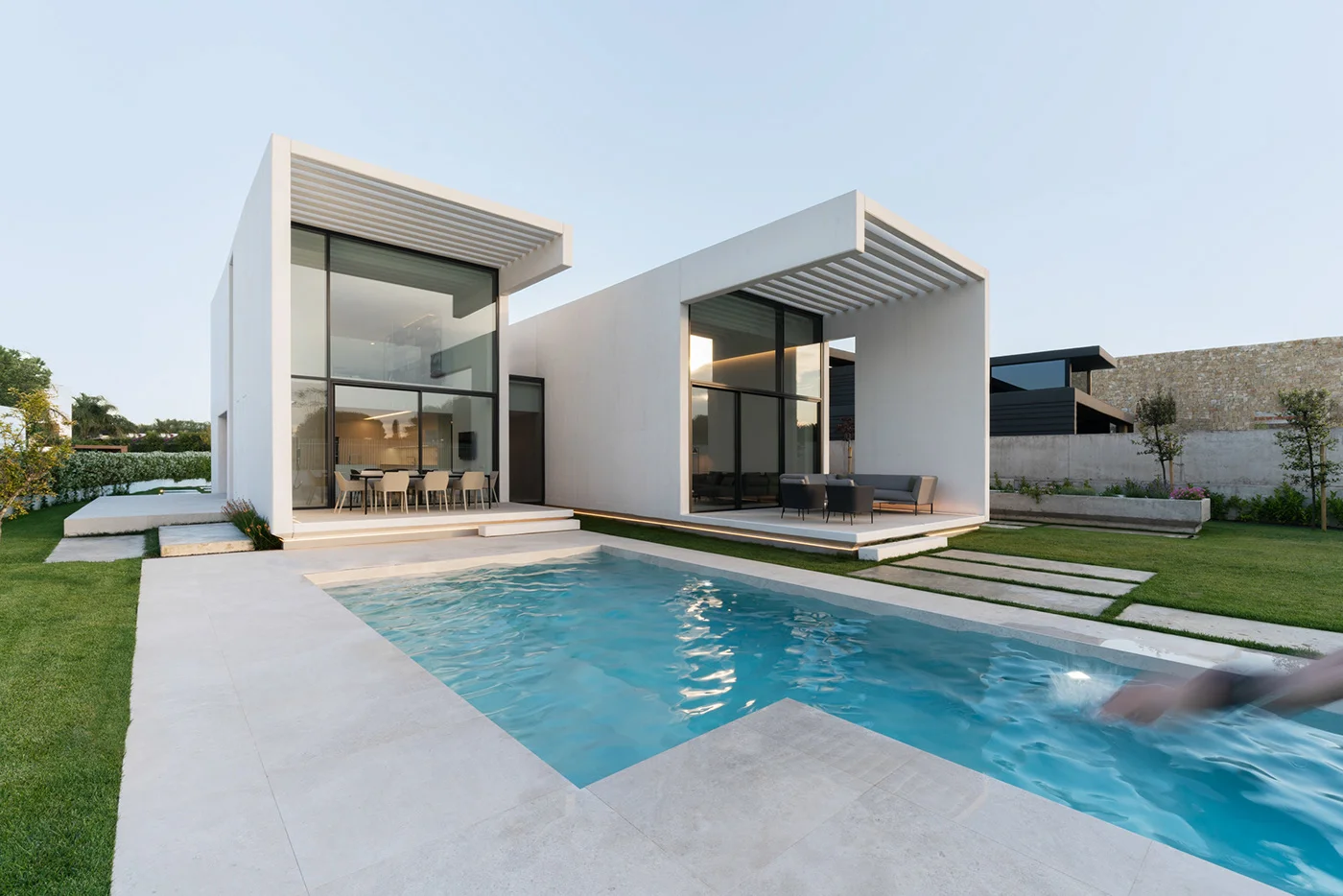
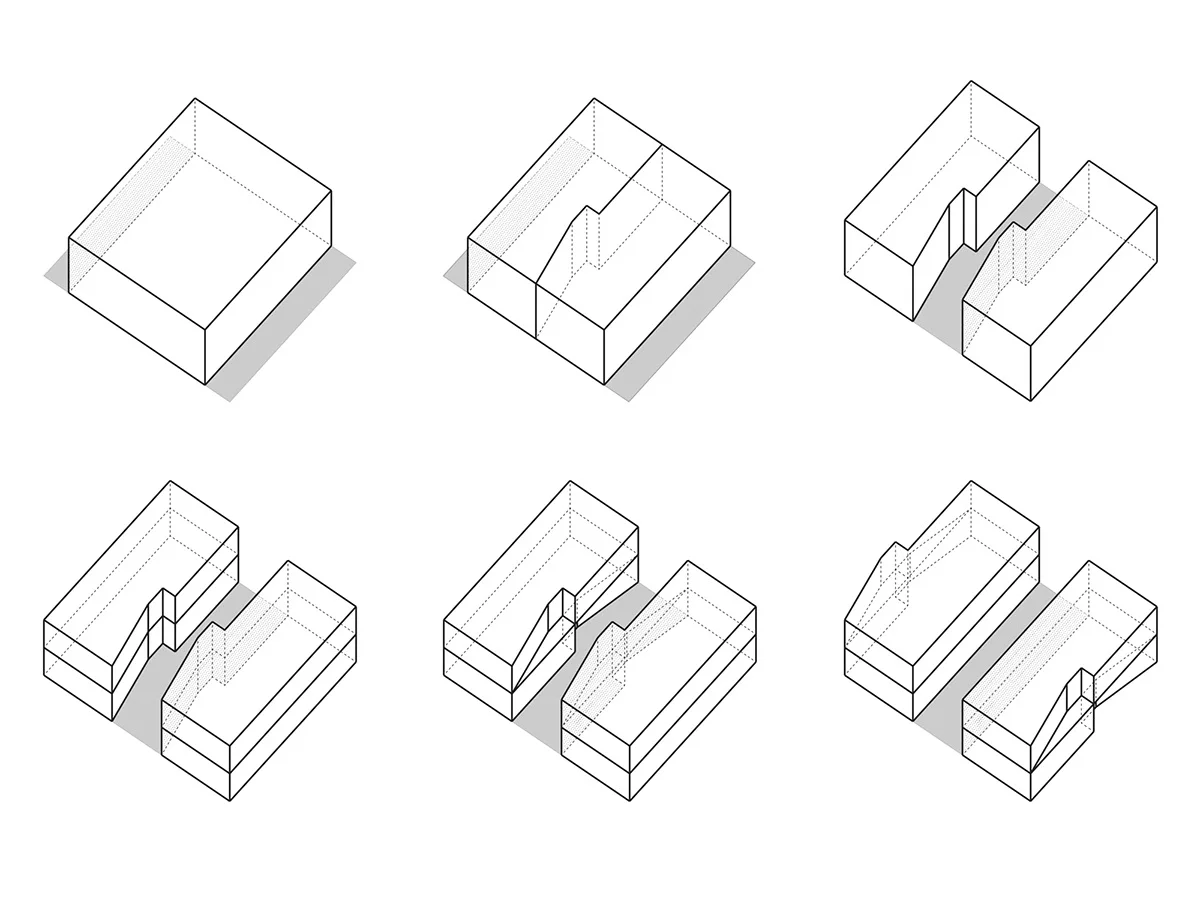
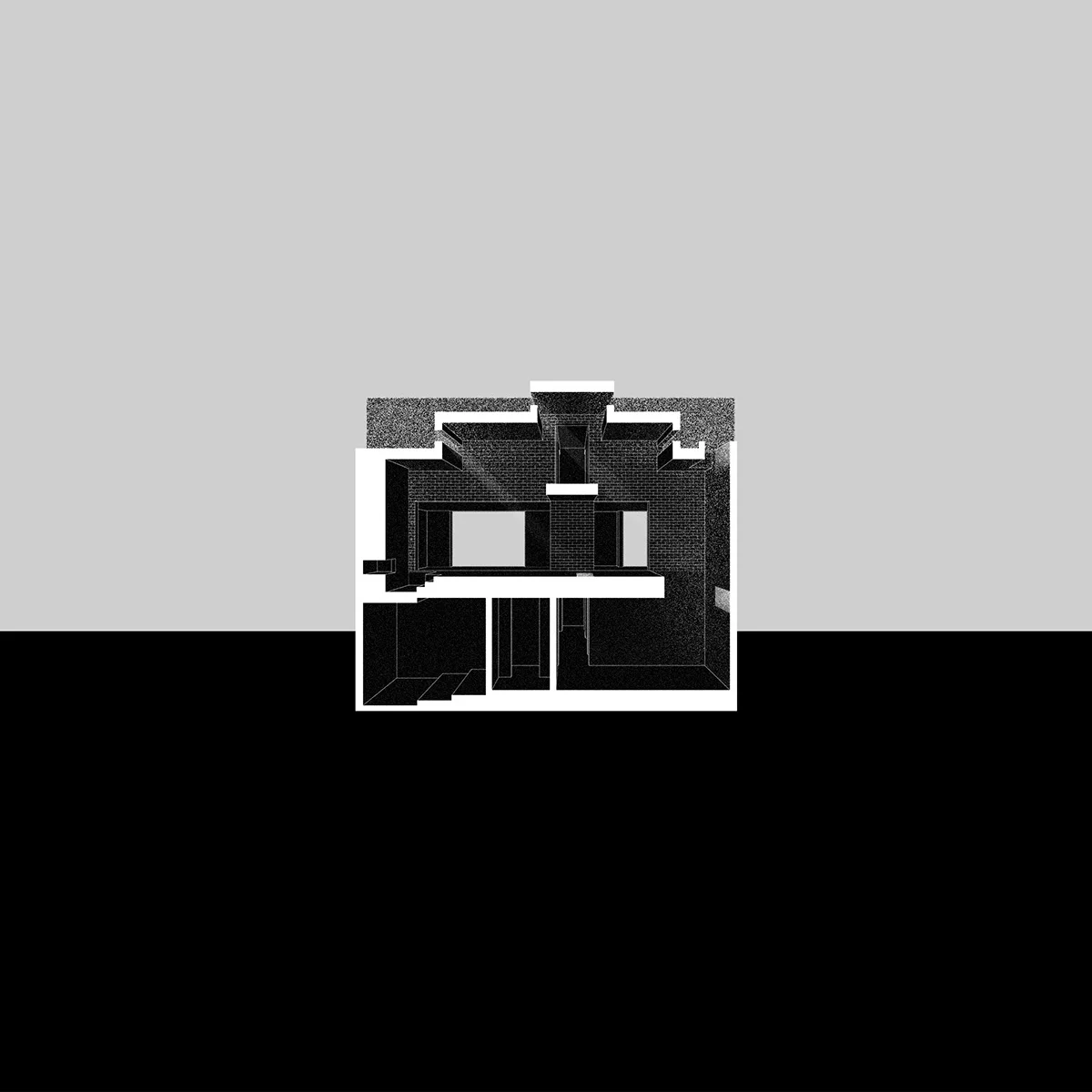
Architecture is the art and science of designing and constructing structures that shape our physical environment. It is a discipline that balances functionality, aesthetics, and cultural significance. Architects blend creativity, technical knowledge, and practical skills to create spaces that enhance the human experience.
Architects consider various factors, such as aesthetics, spatial organization, environmental impact, and structural integrity, while also addressing social and cultural aspects. Through meticulous planning and the use of advanced technologies, architects translate conceptual ideas into detailed blueprints and 3D models.
Architecture plays a vital role in our lives, from iconic landmarks that define city skylines to homes that provide shelter. It influences how we live, work, and interact with our surroundings. Architectural design has the power to shape our behavior, emotions, and overall well-being.
The work of architects leaves a lasting imprint on our physical and cultural landscapes. It is a reflection of our aspirations, values, and evolving societal needs. Architecture, in all its forms, contributes to the fabric of our built environment and enriches our daily lives.
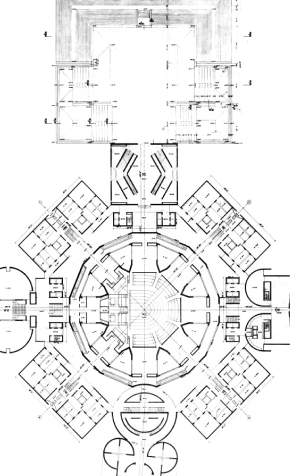
Form and Function
Form and Function
The shape of a building is determined by its purpose and intended use, ensuring functionality and efficiency.
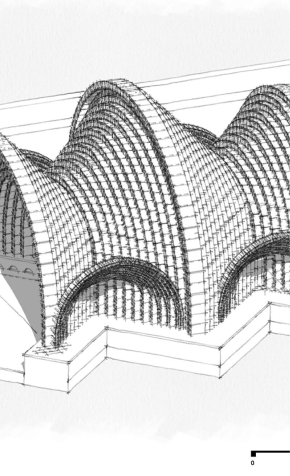
Aesthetics and Harmony
Aesthetics and Harmony
Visual poetry in architectural composition, elements converge to create a harmonious and captivating aesthetic experience.

Context and Adaptability
Context and Adaptability
Designing spaces seamlessly blend with their surroundings, embracing the environment and allowing flexibility and evolution over time.
Architecture is the transformative art that shapes spaces and uplifts the human spirit, inspiring awe and fostering connection with our built environment.
- Architectural Beauty: Architecture has the power to inspire and uplift through its sheer beauty. Thoughtfully designed buildings can evoke emotions, create a sense of wonder, and enhance our appreciation for the world around us.
- Functional Excellence: Architecture addresses practical needs by creating spaces that are efficient, comfortable, and functional. It considers factors such as flow, accessibility, and usability, ensuring that buildings not only look visually appealing but also serve their intended purposes effectively.
- Cultural Significance: Architecture reflects the values, traditions, and aspirations of a society. It becomes an integral part of cultural identity, preserving history and heritage, and acting as a symbol of collective pride and shared experiences. Architecture provides a tangible link to our past and shapes our future, fostering a sense of belonging and cultural continuity.
Our Clients Rating
Sarah ⭐⭐⭐⭐⭐ (5/5)
StudioCamouflage’s architecture service exceeded my expectations. Their attention to detail and ability to create functional yet visually stunning designs is remarkable. I highly recommend their services!
Prince ⭐⭐⭐⭐⭐ (5/5)
Working with StudioCamouflage was a truly rewarding experience. Their team of architects showcased exceptional creativity, professionalism, and a deep understanding of our needs. They transformed our vision into a breathtaking reality.
Rajesh ⭐⭐⭐⭐⭐ (5/5)
StudioCamouflage’s architectural expertise is unparalleled. Their ability to seamlessly blend aesthetics, functionality, and sustainability in their designs is commendable. We are delighted with the results they delivered.
Akshit ⭐⭐⭐⭐⭐ (5/5)
Choosing StudioCamouflage for our architectural project was a brilliant decision. Their innovative approach, combined with their dedication to client satisfaction, resulted in a space that perfectly reflects our style and has received rave reviews from everyone who visits.
Chanchal ⭐⭐⭐⭐⭐ (5/5)
StudioCamouflage is a master of architectural storytelling. They carefully crafted our space, creating an environment that not only impresses visually but also engages and evokes emotion. We are grateful for their exceptional talent and commitment to excellence.
Architecture is the art and science of designing and constructing buildings and other physical structures.
Architects design and plan buildings, considering factors like aesthetics, functionality, and structural integrity.
How long does it take to become an architect?
Becoming an architect typically requires a bachelor’s degree in architecture followed by a period of professional experience and licensure, which can take around 7-10 years.
What is sustainable architecture?
Sustainable architecture focuses on creating buildings that minimize their environmental impact, conserve resources, and promote energy efficiency.
How do architects incorporate cultural elements into their designs?
Architects integrate cultural elements into their designs through research, understanding local traditions, and incorporating symbolic elements or materials that reflect the cultural context.
What is the difference between modern and contemporary architecture?
Modern architecture refers to a specific architectural style that emerged in the early to mid-20th century, while contemporary architecture refers to the current architectural trends and styles.
How do architects ensure the safety of buildings?
Architects follow building codes and regulations, conduct structural analysis, and collaborate with engineers to ensure the safety and structural integrity of buildings.
What is the role of technology in architecture?
Technology has revolutionized architecture, enabling architects to create intricate designs, visualize projects in 3D, and employ sustainable practices through advanced software, modeling, and construction techniques.
What is the importance of architectural preservation?
Architectural preservation is crucial for conserving historical landmarks, cultural heritage, and the collective memory of a society, ensuring their protection for future generations.
How do architects approach designing for different climates?
Architects consider climate factors such as temperature, humidity, and solar orientation to design buildings that provide comfort, energy efficiency, and suitable environmental conditions for occupants.
